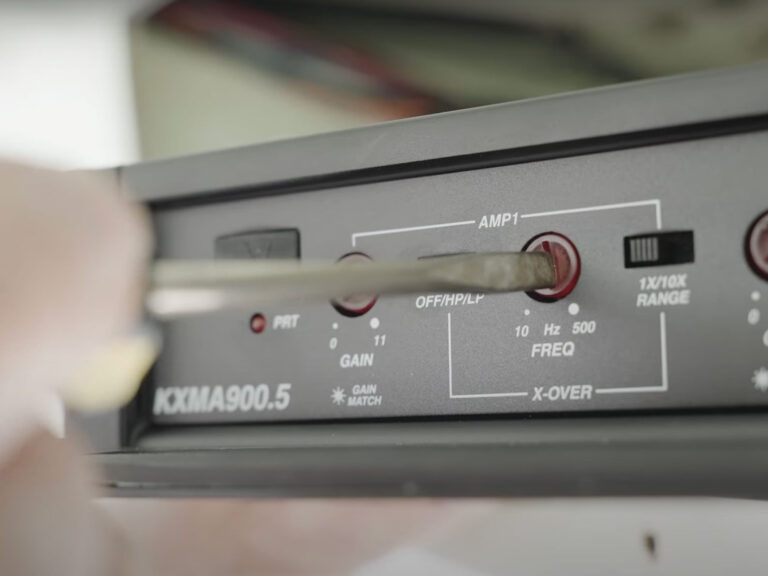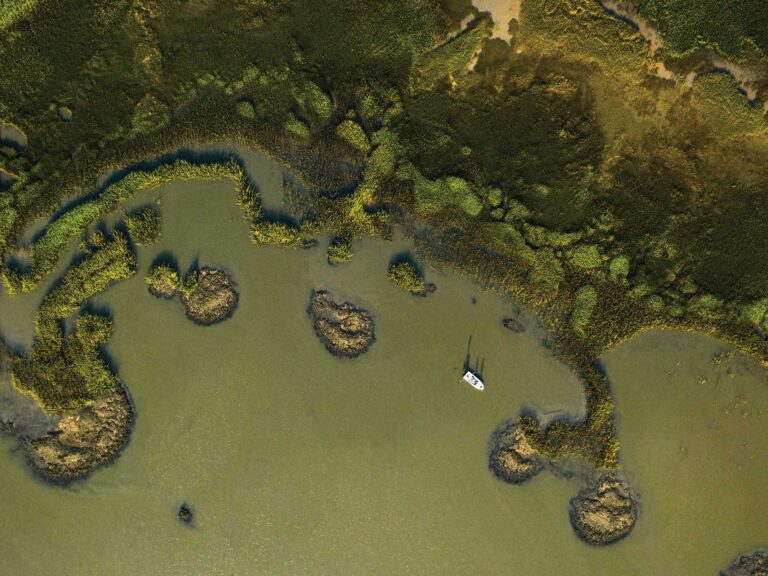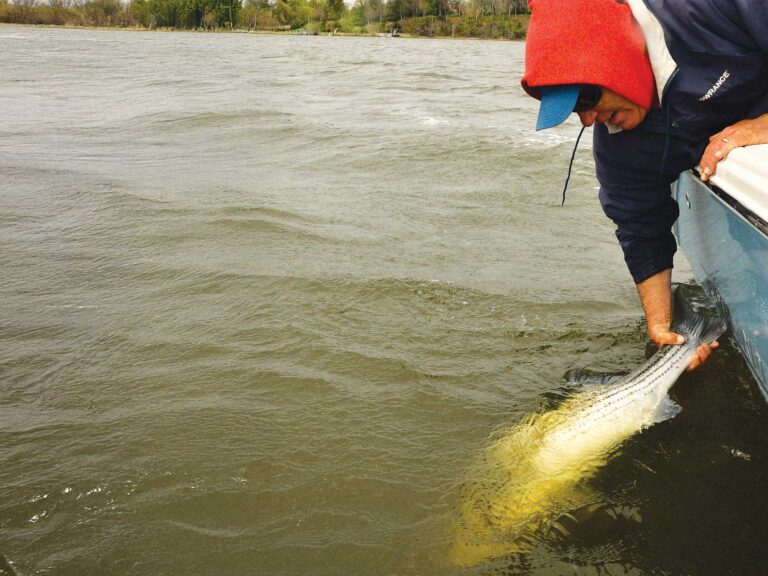Bridges offer ample angling opportunities for the salt enthusiast. No two bridges are the same, as such, they can perplex fishermen, presenting them with an seemingly unsolvable puzzle. However, there are a few basics that apply to every bridge, no matter its length, width, construct, height or geographical location.
Go With the Flow. All bridges have upright supports (excluding suspension bridges of course). Their physical size is your key to fishing success. As water rushes headlong into these supports (whether tidal or natural flow), it creates a slack water area, called a “plume.” The larger the structure, the larger its downstream plume. In layman’s terms, the fatter the support, the larger the slack water area. It’s here predatory fish wait to ambush bait as it is swept by in the current.
Natural Selection. Fish, through evolution, have adapted into specialized feeding machines. If, for instance, you’re targeting redfish, fish the bottom as they spend most of their time here. Opt for baits that can be bounced on the bottom, such as jigs or weighted cut-bait rigs.
If mangrove snapper are your fancy, present baits in the middle depths of the water column as mangroves spend most of their bridge time suspended. Drifting live baits under a cork works great here. And when focusing on predominant surface feeders such as sea trout, present surface or near-surface baits like topwaters or unweighted live baits drifted in the current.
The How-To. Fish always orient themselves facing into the current as bait is washed to them by the current. When fishing a vertical structure element, cast upstream and allow your bait to drift back into it. When fish are finicky, trigger strikes by bouncing your bait into the structure. If the locals remain stingy, opt for artificials and increase your retrieve speeds until you trigger strikes.









